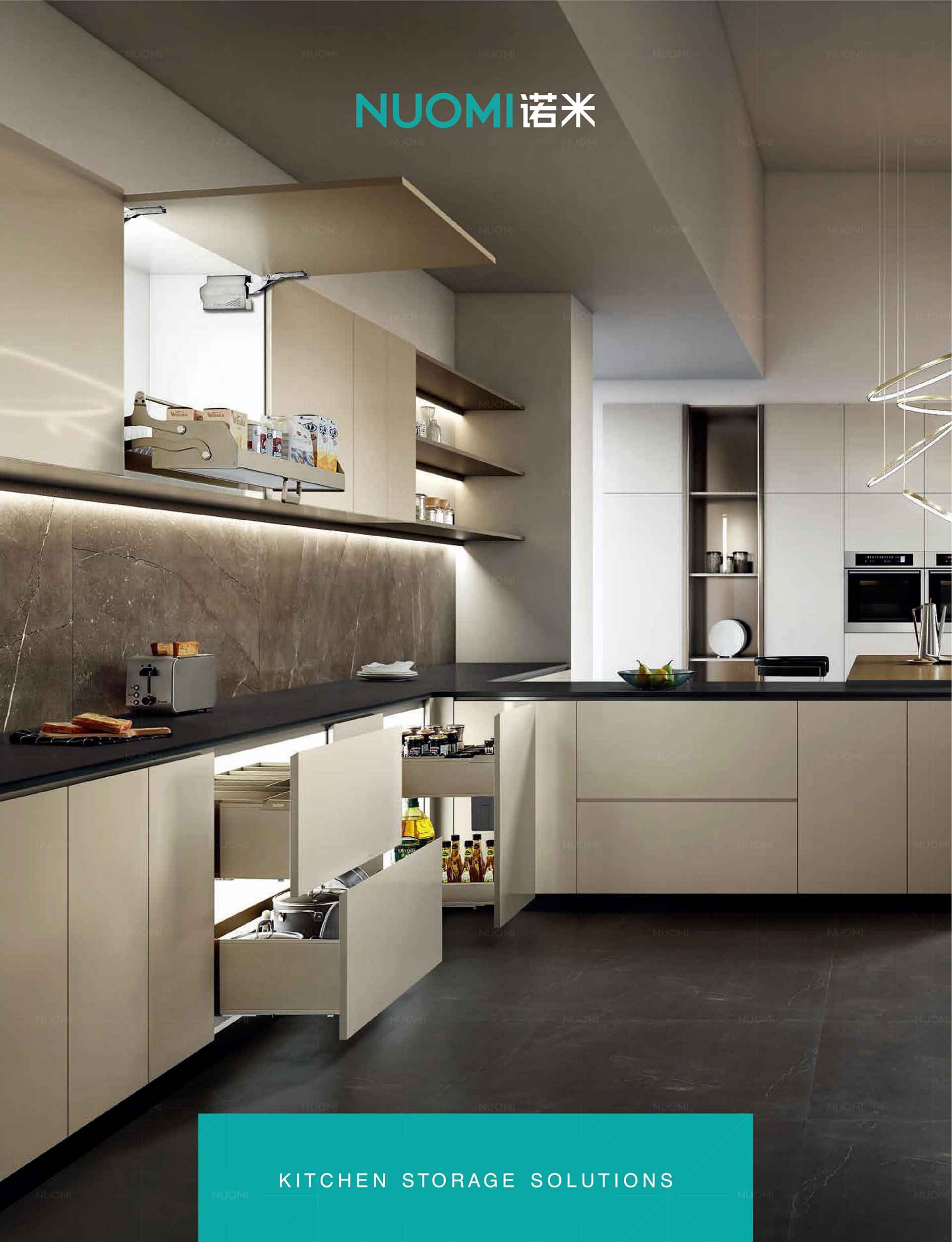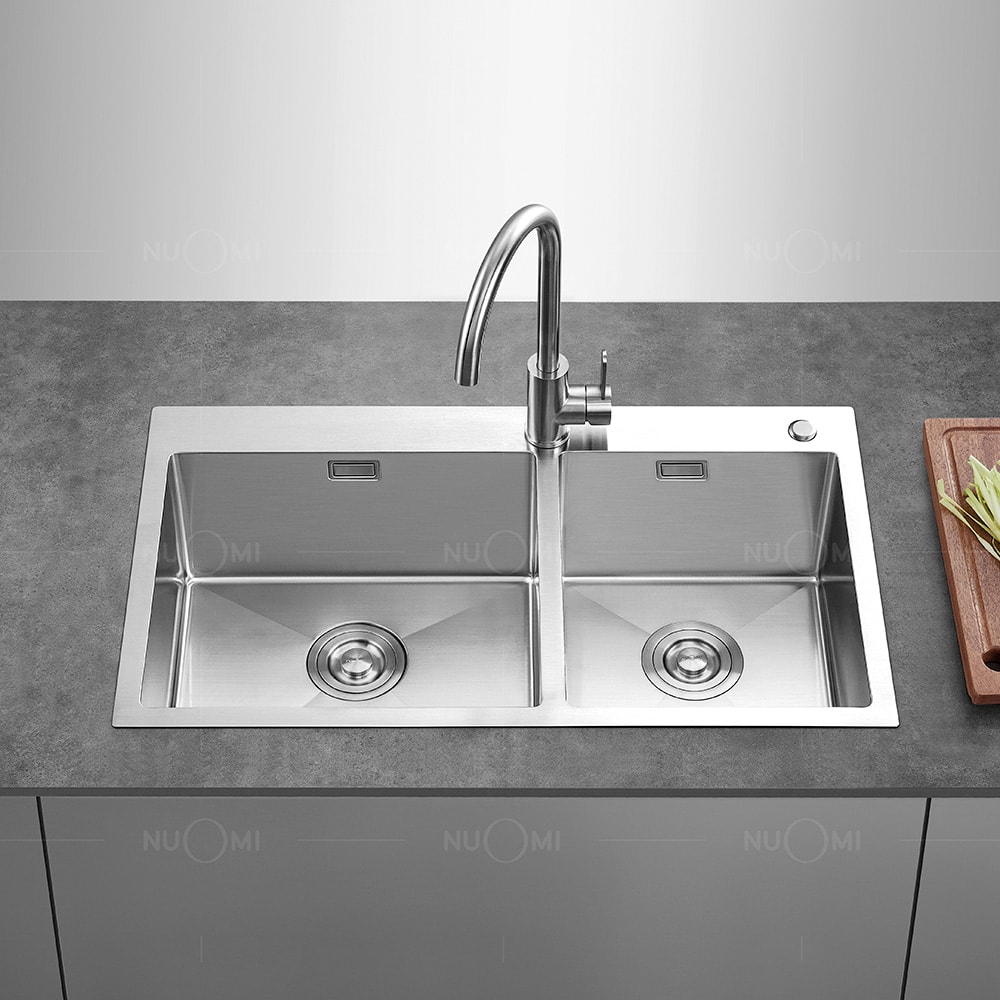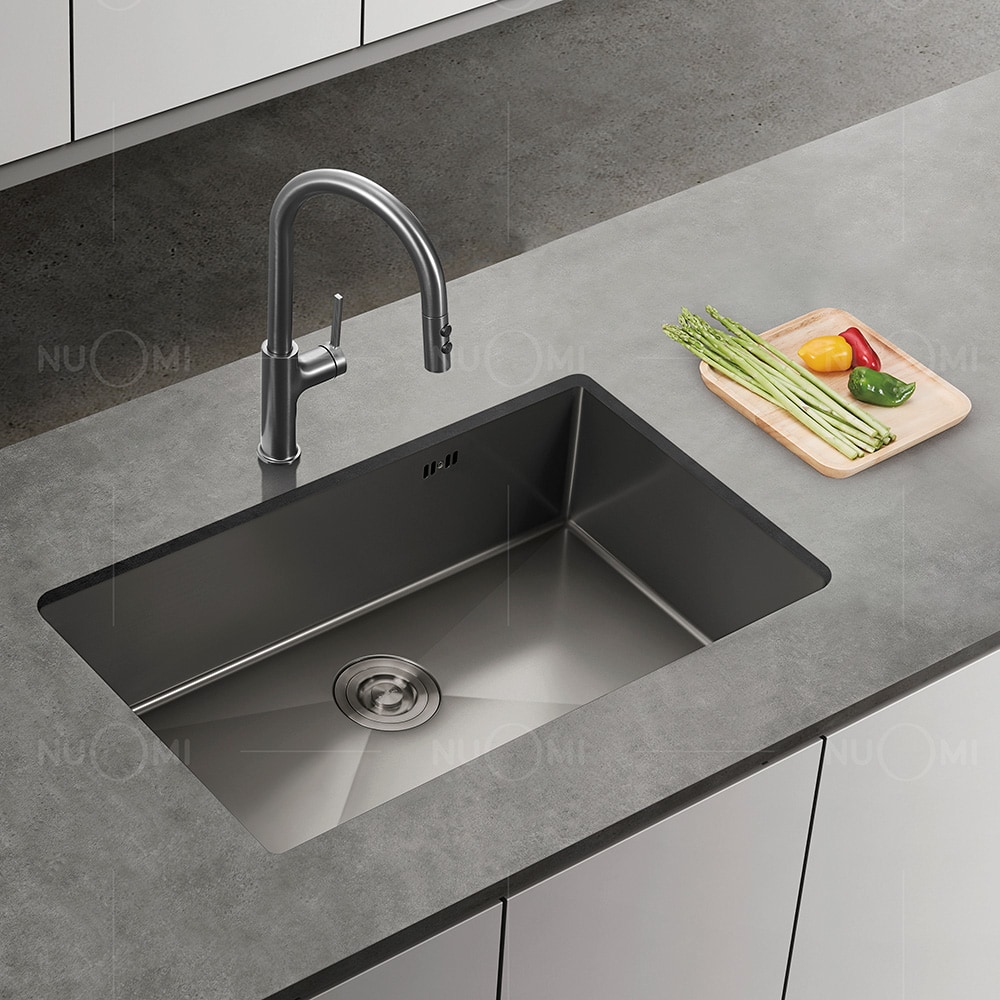Undermount stainless steel sinks have become an increasingly popular choice for modern kitchen designs. Unlike traditional top-mount sinks that rest on top of the counter, undermount sinks are installed below the countertop for a seamless, clean look. The sleek appearance and practical advantages have made them a centerpiece in many contemporary kitchens.
In this comprehensive guide, we’ll cover everything you need to know about undermount stainless steel kitchen sinks, including their benefits, key buying considerations, installation tips, and much more. Whether you’re remodeling your kitchen or setting up a new one, understanding the features and advantages of undermount sinks will help you make an informed decision.
What Makes Undermount Stainless Steel Sinks the Best Choice for Modern Kitchens?
Undermount stainless steel sinks are highly valued for both their aesthetic appeal and practical functionality. Here are some key reasons why they’re a favorite for kitchen renovations:
Sleek, Sophisticated Look
The primary draw of undermount stainless steel sinks is their seamless integration into the kitchen design. These sinks are installed beneath the countertop, creating a smooth, continuous surface that eliminates the lip typically seen in top-mount sinks. This sleek look enhances the kitchen’s modern aesthetic, making it the perfect choice for those who prioritize clean lines and a minimalist appearance.
Enhanced Durability
Stainless steel is one of the most durable materials for kitchen sinks. It resists scratches, stains, dents, and corrosion, making it an excellent choice for busy kitchens. The density of stainless steel also means that undermount sinks are less prone to chipping or cracking, ensuring that they maintain their original appearance and functionality for years, even with heavy use.
Easier Cleaning and Maintenance
Unlike top-mounted sinks, undermount sinks have no edges or seams around the countertop. This design prevents food particles, liquids, and crumbs from accumulating in hard-to-reach corners, making cleanup faster and easier. With the smooth surface of the stainless steel, food waste can be easily swept directly into the sink, and rounded corners make wiping down the sink a breeze.
Quieter Performance
Many undermount sinks come with additional noise-dampening features, such as insulation pads placed beneath the sink to reduce vibrations. This feature is especially useful in kitchens with open layouts where noise can easily reverberate. These sinks significantly reduce the sound of clattering dishes and banging pots, creating a quieter and more peaceful cooking environment.
Maximized Usable Space
Since there is no lip or rim resting on the counter, undermount sinks provide more usable counter space around the sink area. This extra space is perfect for meal prep, holding small appliances, or drying dishes. For smaller kitchens or those that are often used for entertaining, the ability to maximize counter space is a huge benefit.
Undermount Stainless Steel Kitchen Sink With Double Bowls
How to Choose the Right Undermount Stainless Steel Sink for Your Kitchen
When selecting an undermount stainless steel sink, there are several factors to consider to ensure you choose the right one for your kitchen needs.
Size and Bowl Configuration
The size of the sink should align with your existing cabinetry or your new kitchen layout. For larger households or those who cook frequently, a double-bowl configuration may be ideal for multitasking. One bowl can hold dirty dishes while the other is used for food preparation. If you have limited space, a single-bowl undermount sink is perfect for optimizing available room.
Drain Location
Before purchasing, check the location of your plumbing to ensure it aligns with your preferred drain position. A rear drain is ideal for maximizing storage space underneath the sink, while side drains may be necessary if your plumbing is already set up for them. Understanding the drain placement will help you avoid costly and time-consuming plumbing adjustments.
Sink Depth
The depth of the sink is another important consideration. Standard undermount sinks typically range from 8 to 10 inches deep, but deeper models, up to 12 inches, are available. Deeper sinks are ideal for washing large pots and pans or for homeowners who regularly cook with large containers. However, be sure your cabinetry or countertop can accommodate the deeper model.
Material Thickness
The “gauge” of the stainless steel refers to its thickness, with lower numbers indicating thicker metal. Sinks typically range from 16 gauge to 18 gauge. A 16-gauge sink offers more durability and is well-suited for families or kitchens with heavy use. If you expect your sink to undergo frequent use, a thicker sink will provide superior durability and resistance to damage.
Noise Dampening
Look for undermount sinks that feature noise-reducing technologies, such as rubber pads or spray liners, to further minimize sound during use. These features are especially beneficial for open-concept kitchens or homes where noise is a concern.
Large Grey Undermount Single Sink For Kitchen
Top Features to Look for in Undermount Stainless Steel Sinks
When choosing an undermount sink, these additional features can enhance its functionality:
-
Integrated Accessories: Some undermount sinks come with built-in tracks or ledges that allow you to add accessories like rinsing baskets, cutting boards, or colanders. These accessories make meal prep and cleanup even easier.
-
Finish Options: Undermount stainless steel sinks are available in a range of finishes, from brushed to polished. Brushed finishes are ideal for hiding minor scratches and water spots, while polished finishes give a sleek, contemporary look but show fingerprints more easily.
-
Corner Radius: Choose a sink with rounded corners for easy cleaning and a modern aesthetic. Sharp corners can trap debris and are harder to clean.
How to Properly Install an Undermount Stainless Steel Sink
While undermount sinks can be installed by professionals or experienced DIYers, the process requires precision. Here are some key considerations:
-
Hire a Professional: Unless you’re experienced with kitchen installations, it’s recommended to hire a professional to ensure proper mounting. Installation requires accurate measurements, angle cuts, and securing the sink to avoid leaks.
-
Countertop Material: The type of countertop material—whether granite, quartz, or marble—can affect the installation process. Some materials require special adhesives and sealing techniques to secure the sink.
-
Faucet Compatibility: Before installation, check that the faucet you’ve chosen fits with the dimensions of your undermount sink and allows for proper spacing.
-
Cabinet Preparation: Ensure the cabinet beneath the sink is level and can support the weight of the sink. Undermount sinks often require cabinet modifications to ensure they fit properly.
Conclusion
Undermount stainless steel sinks offer a combination of modern aesthetics and functional benefits that make them a top choice for contemporary kitchens. Their sleek design, durability, ease of maintenance, and noise reduction capabilities make them an excellent investment for any kitchen remodel. By considering factors like size, configuration, material thickness, and installation requirements, you can choose the perfect undermount sink for your kitchen.
For a flawless installation, always ensure that measurements are accurate, and consult with professionals when necessary. With the right undermount stainless steel sink, your kitchen will not only look more stylish but also become a more efficient and enjoyable space to work in.
















